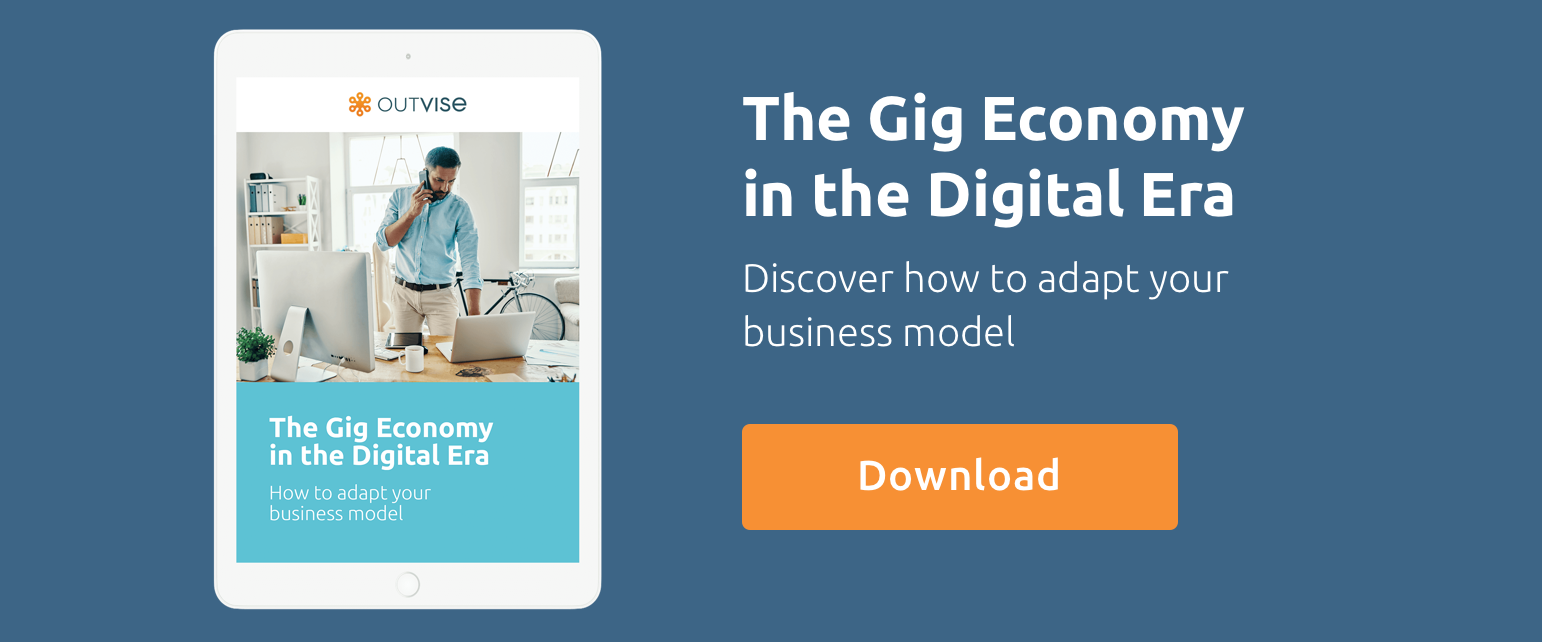Technology is a dynamic and ever-changing field. With new developments and disruptors appearing seemingly daily, an organisation’s CTO has to constantly face up to new challenges. Today, this is more the case than ever. With game-changing new developments like 5G, collaborative Cloud platforms and artificial intelligence (AI) rapidly changing the way we do business, CTOs have to work hard to keep their organisation relevant and competitive.
In light of these drastic – and not to mention fast-approaching – disruptors, its essential that CTOs consider how to meet these challenges. Although there’s rarely a one-size-fits-all solution, here, we discuss how CTOs and IT teams can arrive at resolutions. Ultimately, with the right people, a strong leadership strategy and a clear roadmap, CTOs can successfully navigate a turbulent tech landscape.
Table of Contents
CTO challenge: Recruiting skilled talent
Today, specialist talent is in high demand. As technologies transform, IT departments are scrambling to hire candidates with highly specialised skills. However, often technology develops faster than talent. As a result, organisations are finding it challenging to recruit individuals with the right balance of hard and soft skills. For instance, although there is certainly a large pool of technologically adept millennials, many of these candidates lack the experience to fill senior roles.
To illustrate this point, a recent study by ManpowerGroup reported that nearly half of employers globally can’t fill key positions. This represents the most significant human capital shortage for over a decade, and the bigger the organisation, the bigger the problem. According to the survey, for companies of more than 250 employees, 67% said they were struggling to fill essential roles.
Solution: Leverage liquid talent
In order to source the talent they need, a CTO should meet promising candidates where they are – in an expanding pool of liquid talent. Also known as agile talent, liquid talent are a breed of highly adaptable, mobile professionals who have crossed over into freelancing. According to analysts John Younger and Norm Smallwood, this trend suggests we’re entering a new epoch in HR. As explained in their interview on Harvard Business Review’s Ideacast, this “new generation of worker” is taking on profitable, strategic projects as opposed to sticking with one employer – which perhaps explains the gaps in recruitment.
However, many companies are already taking advantage of this cultural shift. In a recent white paper also authored by Younger, nearly 91% of all companies are using some form of external talent. This is even more emphasized at startups and SMEs, where freelancers could comprise almost a third of the labour force. Thus, in line with agile principles, CTOs need to leverage the freelance market to access the expertise they need.
CTO problem: Growing emphasis on data protection
As connected technologies become increasingly complex, so do the questions around cyber security. For instance, the dawn of 5G and an expanding IoT can leave organisation assets vulnerable. This is because the variety of operating systems and connectivity options (such as Mobile Networks, WiFi Clouds, LANs, WANs, etc) make security risks more difficult to detect. Furthermore, as networks grow in complexity, it becomes harder to ascertain where final responsibility for cyber security lies; for instance, if a business uses a third-party cloud service, where does the buck stop when it comes to data protection?
Furthermore, as cyber security concerns grow, the regulations around data protection are becoming increasingly complex. Since the introduction of the EU’s General Data Protection Regulation – commonly known as GDPR – businesses are compelled to be more diligent with their data collection or protection policies. As a result, businesses aren’t only under scrutiny from lawmakers, but also the public and media. A data leak can be seriously damaging for a company’s reputation, and the CTO has to make sure the proper precautions are in place.
Solution: Consult with a cyber security expert
There is strategic action a CTO can take to mitigate new, evolving cyber security threats. Primarily, they need to use their analytic skills to assess risk; for instance, is a technology worth implementing if it presents a possible security breach? What’s the trade-off when it comes to productivity vs. security? Instead of rushing to adopt new software, the CTO should conduct a careful analysis of the pros and cons.
However, navigating a rapidly evolving landscape can be challenging – particularly when it comes to cyber security and regulatory compliance. For instance, data protection laws internationally are becoming increasingly complex. In the United States alone, states are introducing their own distinct rules and regulations. Familiarising yourself with this legislation is laborious – and most CTOs simply don’t have the time. Thus, hiring an external cyber security consultant is an effective, impartial way to ensure your defenses are robust and compliant.
CTO problem: Creating a scalable data architecture
CTOs across industries know all too well the chaos an unstreamlined data pipeline can cause. Not only does it damage software and overall IT performance, it can also compromise staff productivity as information becomes disorganised and siloed. This challenge is exacerbated by recent developments in technology and data privacy legislation. While new artificially intelligent data collection tools are boosting database growth exponentially, at the same time, organisations are compelled to more carefully manage the data they harvest and retain.
As such, CTOs need to design data architectures with complexity and scalability at the forefront. However, considering the transforming technological and legislative landscape, this is no mean feat. The CTO needs to implement a centralised, searchable data architecture with sufficient security measures. With these goals in mind, they can ensure data is accessible, fully optimised, secure and as future-proof as possible.
Solution: Invest in man and machine
Often, CTOs conclude that machine power is what’s needed to solve issues regarding database architecture. The more advanced the hardware, or the more advanced the algorithm, the more robust the database. However, in order to maximise the value of these investments, CTOs should seek expert help. With the advice of a performance optimisation expert or database analyst, the CTO can ensure their material investments return maximum value when it comes to scalability and accessibility. After all, the entire point of storing data is so staff can use it – so it’s essential that the database is as user-friendly as possible.
Why a CTO should look beyond their organisation for solutions
In summary, an organisation’s CTO should look beyond the company’s four walls for the solutions they need. Most senior executives will have noticed that it’s challenging to find appropriate candidates for highly specialised roles. As such, they need to cast their net wider and leverage liquid talent to get the expertise they need. Using tools such as digital talent platforms, CTOs can source professionals to advise on issues surrounding cyber security and data architecture. With this outsourced assistance, a CTO can economically and effectively meet the ever-evolving challenges the digital era presents.
Head of Product & CTO, partner at Outvise. Industrial Engineer by ENSAM. Has led the creation of various digital platforms from scratch, as consultant or partner, in Startups and Corporates. Combining strong tech, marketing and strategy skills, Fred is an enthusiast of UI/UX and automation, to build usable, friendly and scalable digital products.






No comments yet
There are no comments on this post yet.